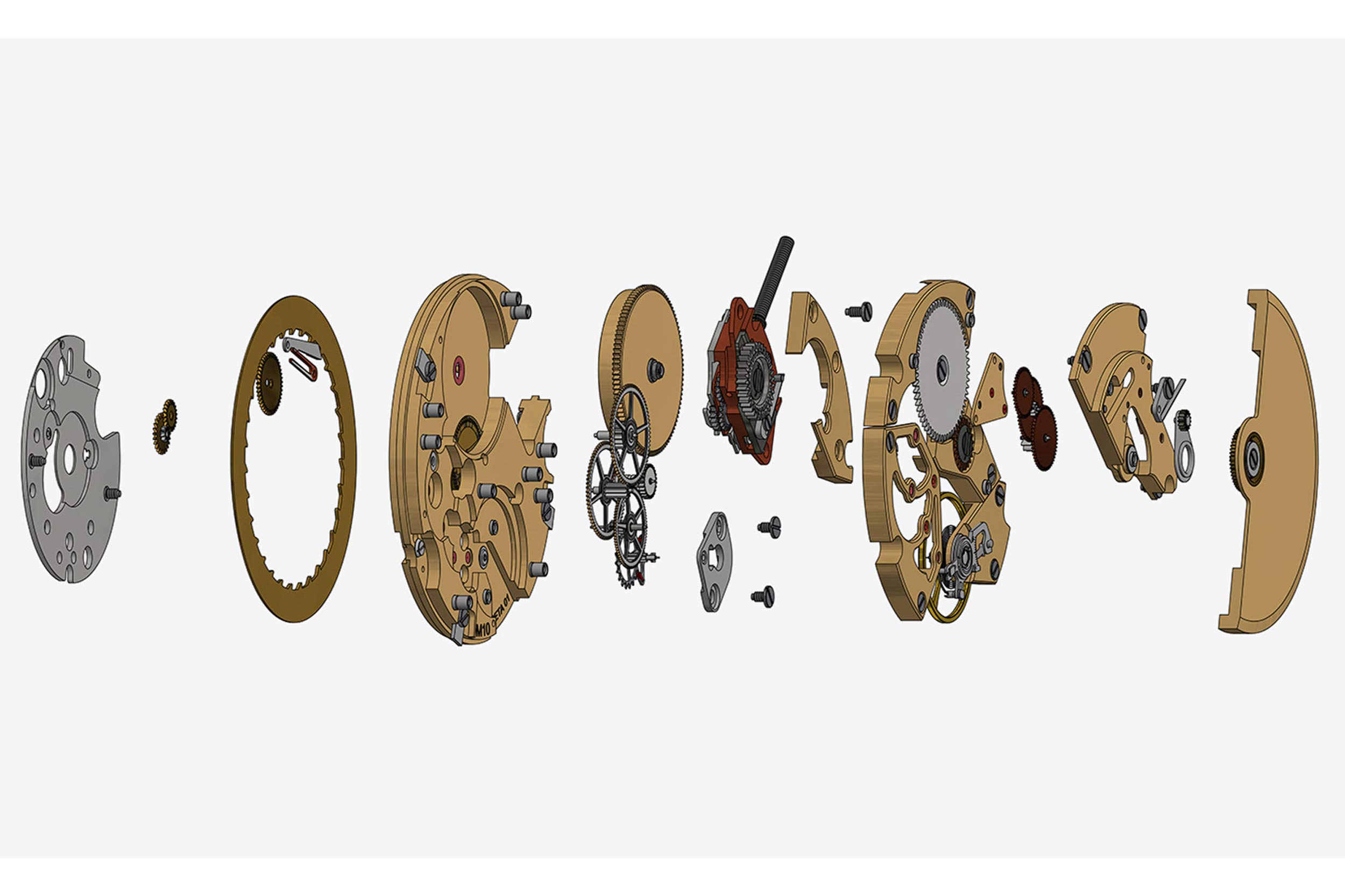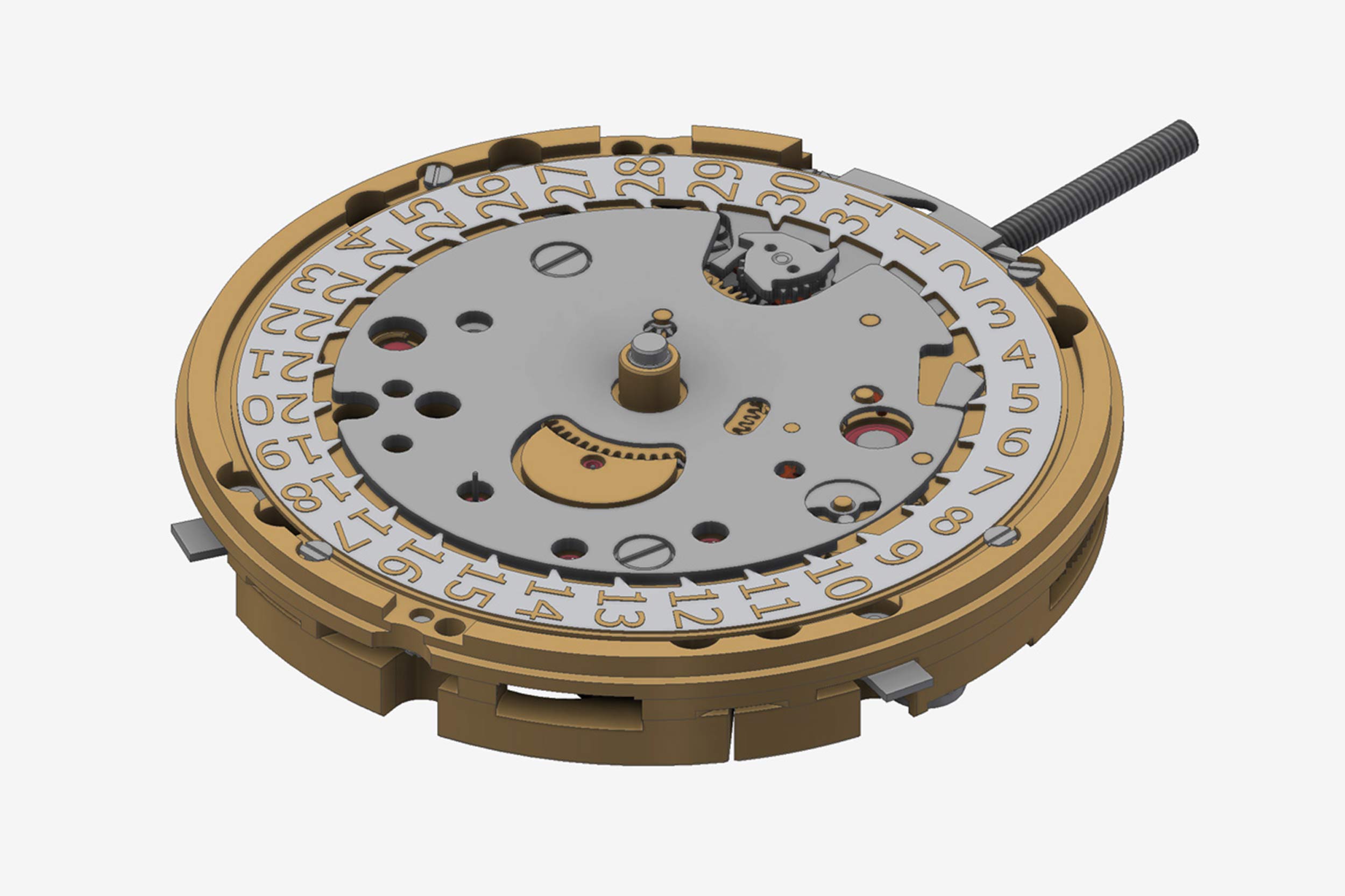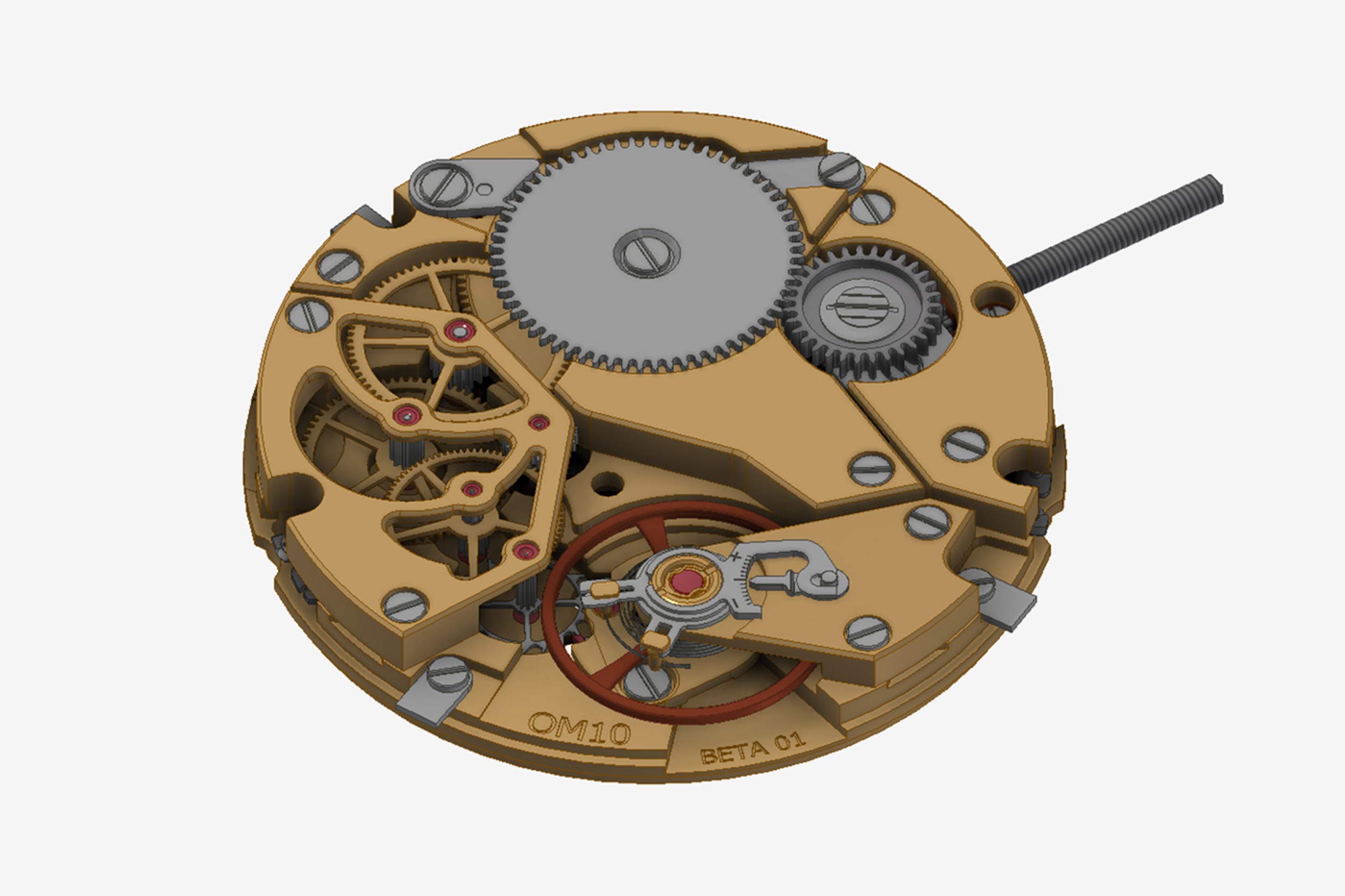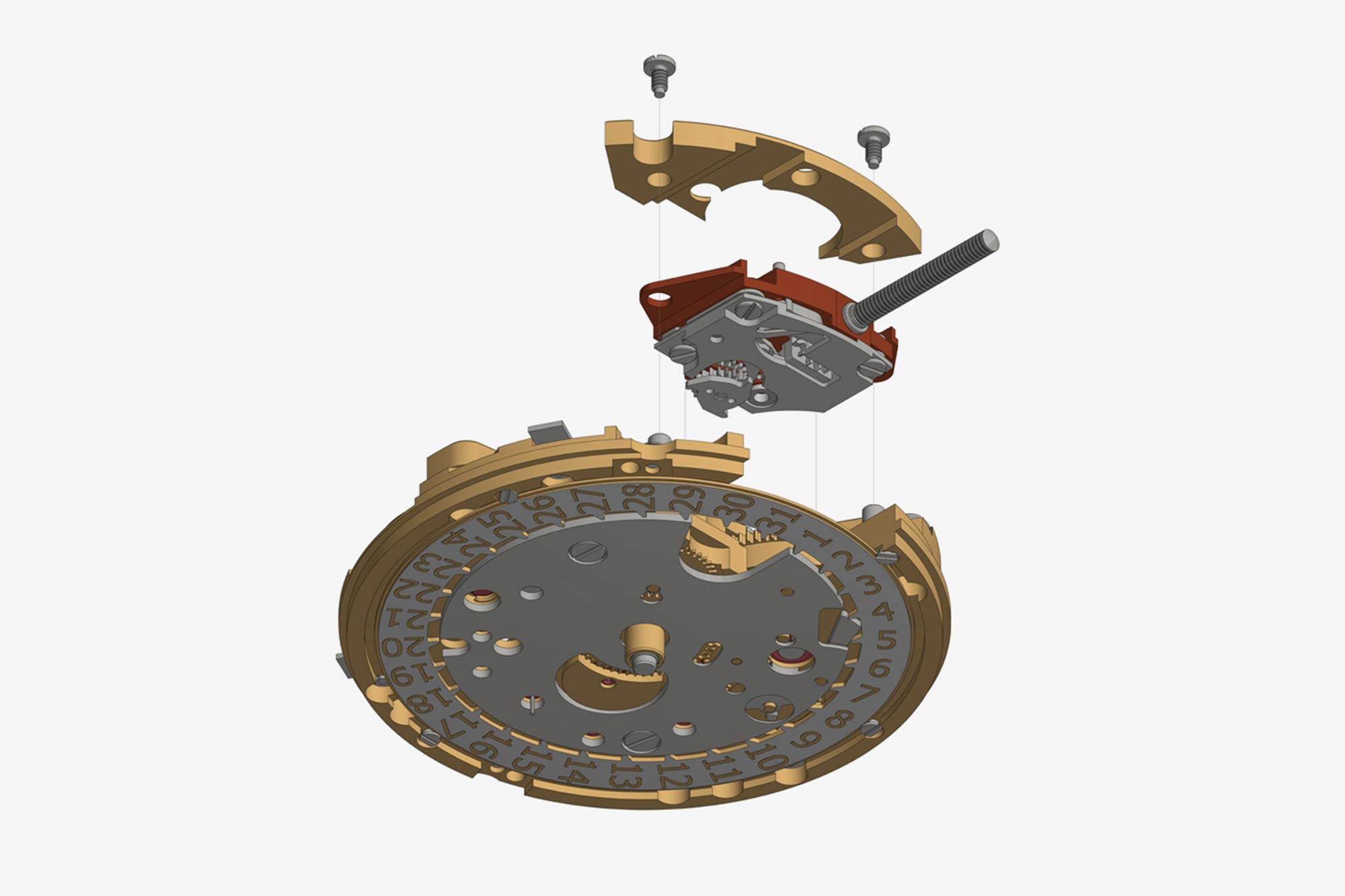It’s often said that watchmaking is a cottage industry. This, in the past, has been literally true. The know-how and technical ability to build watch movements has historically been information that has been pretty well guarded, whether we’re talking about 19th century watch and clock makers working out of their home workshops, producing every component themselves, or the mass production of movements and their individual component parts by large corporations, effectively blocking smaller companies from getting a foot in the door except at a great expense. A new project called openmovement is now taking a different approach to movement making by designing simple, open source watch movements that anyone can conceivably use.
Introducing the openmovement OM10, the First Open Source Watch Movement
The somewhat lofty goals of openmovement describe what they’re trying to accomplish as “Watchmaking 2.0,” which represents a system built on collaboration rather than hoarding resources and knowledge. They’ve recently launched the OM10, what they describe as the first open source watch movement, and instructions on how to build it are available to anyone (as long as you’re an openmovement.org user, which doesn’t cost anything, although tiered membership options exist for individuals and organizations that wish to support their mission).
A big part of the idea behind openmovement is that once watchmakers begin using the movement, improvements can be made as the community grows. This is at the heart of open source software development, and this principle has resulted in the growth of applications that you likely use on a daily basis. On its surface, this is antithetical to how the watch industry has operated for almost as long as it has existed, so it will be interesting to see if openmovement or other open source movement platforms that might spring up will have an impact on the industry, or penetrate it all. Unlike software, the watch industry has literal centuries of tradition at its back – they have a difficult hill to climb.
As for the OM10 itself, it’s a simple hand wound caliber that can be fitted with a module for an automatic winding rotor. It has 50 hours of power reserve, and runs at 3.5 Hz. The movement has a running seconds display at 9:00 and has the capacity for a date wheel as well. It has been designed to be robust and easy to service, and openmovement has placed a special emphasis on making these movements appropriate for watchmaking students.
This is an interesting project that is quite unlike other alternatives to the big movement manufacturers that have popped up in recent years as ETA has tightened its grip on who has access to their calibers. While simple, robust movements aren’t exactly difficult to find if you’re a watch brand, the notion of independent watchmakers collaborating to improve on a movement over time is very novel. Think about the most frequently used ETA movements and how little they’ve changed over decades, and you start to see that there might be an opportunity to make small improvements here and there. It’s also worth considering the high degree of importance placed on “in-house” movements in today’s watchmaking industry, and how a truly open source movement sits in opposition to that.
For more information on openmovement, check out their website here.









 Featured Videos
Featured Videos










